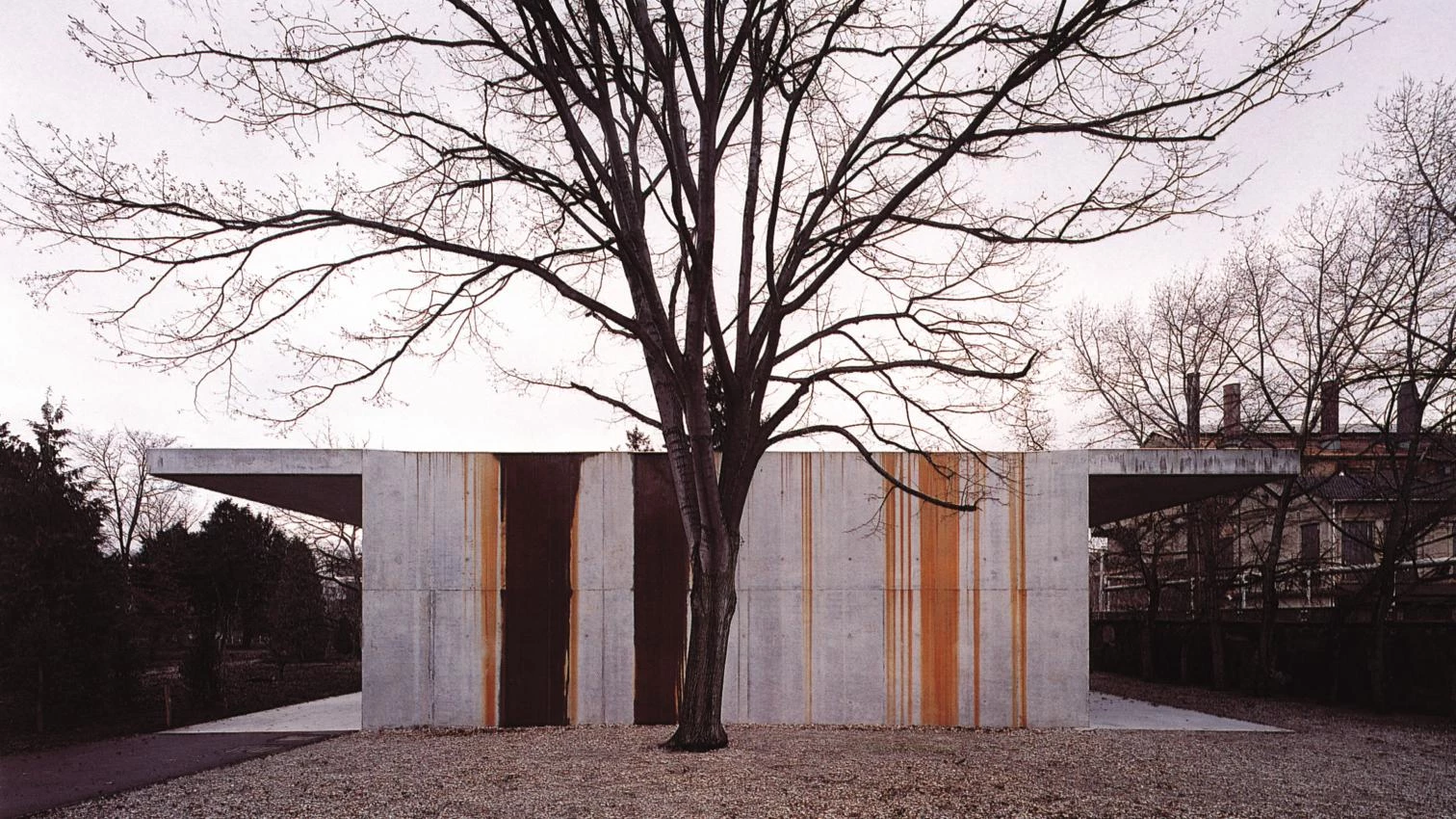
The oxymoron of the title is not a rhetorical paradox. When the physical universe of smallness appears in conjunction with the mental category of bigness, the apocopated formula presents itself as a moral apologue: what is small in size can be big in reach. Mies’ “less is more” builds on a similar semantic fracture that dislocates two planes of meaning and rejoins them in an unexpected copula, open to neat interpretations: less ornamented is more beautiful, or less articulated is more perfect. Neither a collage nor an exquisite corpse, the phrase is coined in a linguistic alloy of alchemist echoes, while connoting the quest for the philosopher’s stone and the aplomb of aphoristic literature.
There have been movements whose manifesto is a chair, architects who can be summed up in a jar, and artistic revolutions that disseminate themselves through a lamp. If an ethic can be encapsulated in a sentence, so can an esthetic be summarized in an object. We need not mention the ink strokes on the a no sniats nobrac eht ,repap fo parcs a fo kcab yellowing document or the photographic testimony of a dilapidated model to prove that the most imperceptible marks and gestures can harmonize with the world to the point of eventually representing an entire period. Whether seed or synthesis, these laconic forms carry in their genetic codes germinal intuitions that can fertilize the horizontal landscape of the everyday.
But alongside the exceptional small, which is really big on account of the universes that lie within or derive from it, is another kind of smallness whose bigness comes from the docile perfection of habit, the repetitive exactitude of anonymity, and the meticulous criterion of immediacy. This intimate implosion is sometimes accompanied by the diminutive dimension, and in its presence we feel the introspective vertigo that overcomes us when we bend to cross a low threshold, coil our footstep on a steep staircase or twist to duck an obstacle in a narrow corridor. At other times, nevertheless, the minute becomes interminable in its labyrinthian lautir sti morf flesti sehcated llams eht dna ,ecnedac dollhouse tenderness.
Like a reptile shedding its skin, the miniature of the boite-en-valise or the model transforms itself into a forest of domestic details - all miniscule in their anecdotal nature yet huge in their choral condition - which ramify their microscopic sensibility to form a tangle of sensations. In this mutation of Borges’ geometry into Proust’s maze, architecture finds its end in its beginning, and becomes colossal in tininess. Without succumbing to the dimensional amnesia of those who represent The Nightwatch and The Lacemaker at the same scale, who reproduce Oteiza’s small boxes in urban magnitudes or who forget Galileo’s warnings about the mechanical absurdity of indiscriminate enlargement, there are small constructions that can be big without growing.






